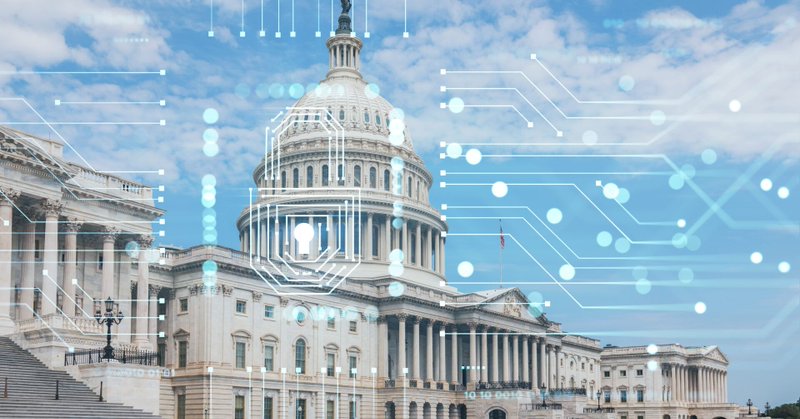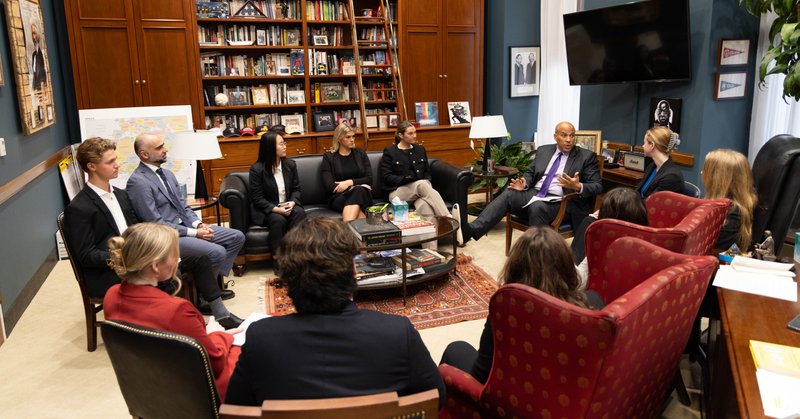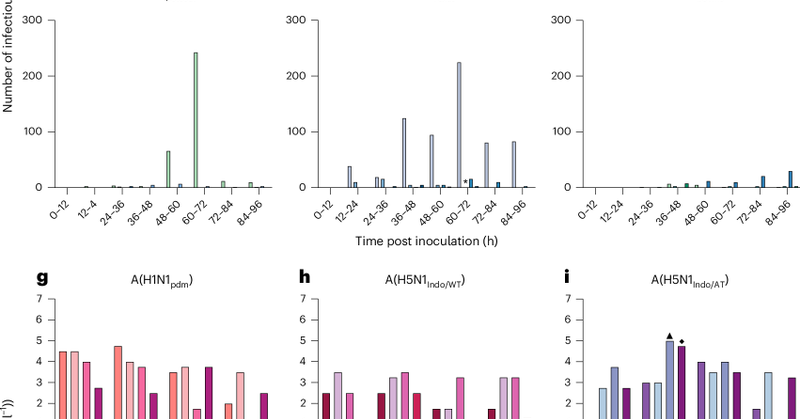
Dr. Ali Nouri
@AliNouriPhD
Followers
33K
Following
4K
Media
556
Statuses
2K
Teaching @Princeton. Fmr Deputy Director @WhiteHouse; Fmr Assistant Secretary @Energy; Fmr President @Scientistsorg. Tweeting about Science and Technology.
Washington DC
Joined August 2011
As AI brings new capabilities (for good or ill) we'll need a digital immune system: models that detect & counter malicious use. Like AI-powered fraud detection, but against cyber attacks, bioweapons capabilities, and more. My latest in @BulletinAtomic:.
thebulletin.org
To stay safe, the United States must utilize defensive AI, which can actively defend against malicious use.
0
10
37
RT @PrincetonMolBio: “Policy is ultimately about people, and scientists need to be in those rooms helping shape it from the start.” Intervi….
0
2
0
RT @PrincetonSPIA: Princeton SPIA’s @AliNouriPhD discusses the policy implications of the L.A. fires. #palisadesfire
0
5
0
🧑🎓So proud of my students! This semester, they delved into the policy ramifications of AI, analyzing safety & security. They crafted policies to address these risks and then briefed their Senator, Congressional Staff, and senior Administration officials👇.
spia.princeton.edu
While artificial intelligence may unlock unprecedented human potential in the coming years, it is also a forceful technology that is magnifying the threats society faces and posing thorny policy...
0
1
8
6/6 This combination - easier mutation pathway + worker exposure + possible virus mixing - underscores the paper's conclusion: importance of continued surveillance for mutations in currently circulating H5N1 viruses.
science.org
In 2024, several human infections with highly pathogenic clade 2.3.4.4b bovine influenza H5N1 viruses in the United States raised concerns about their capability for bovine-to-human or even human-t...
0
0
3
1/6 New @ScienceMagazine study: Lab experiments show a single mutation could switch current dairy cow H5N1's binding preference from bird to human cell receptors. Most previous H5 strains needed multiple mutations for this switch making this single-mutation pathway concerning.
2
8
13
RT @PrincetonSPIA: SPIA NEWSMAKERS: @AliNouriPhD penned an op-ed in @ajc on why the incoming Trump administration should keep the Inflation….
0
1
0
4/4 The data shows a significant shift in how this administrative tool is used - from a narrow solution for specific problems to a routine way to override landowner concerns. Time to reassess this policy.
nature.com
Nature Energy - Energy companies must often obtain consent from private landowners for natural gas extraction. This study analyses lease negotiations between these two parties in Ohio, noting...
0
0
1
🧵1/4 @NatureEnergy study reveals how fracking companies in Ohio gain access to private land. When land owners refuse access, companies first try pressure: calls, visits, approaching family members. Multiple times. If that fails, they seek "compulsory unitization" from the state.
1
1
7
5/5 "Given ongoing [spread] in cattle & high exposure risk for farm & dairy workers. crucial for outbreak control & public health to understand how this virus spreads among cattle, potential for mammalian adaptation & capacity for airborne transmission".
nature.com
Nature Microbiology - Spillover of avian A(H5N1) influenza virus to mammals may favour adaptation to these new hosts. Air sampling of infected ferrets shows that recent A(H5N1) strains, including...
1
15
50
🧵 1/5 New @NatureMicrobiol study reveals H5N1 bird flu evolution: Scientists measured infectious virus particles in air from infected ferrets, finding recent strains show low but increased ability to be expelled into air compared to older variants.
7
91
189








